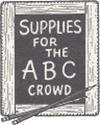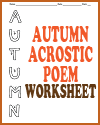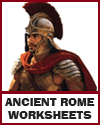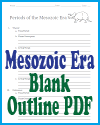Check out some of our latest releases:
Revolutionary War Cryptograms - Free to print (PDF files). Three code puzzle worksheets to choose from.
Circular Checkerboard Coloring Page - Free to print (PDF file). Grades 5 and up. Great for encouraging geometric thinking.
Day of the Dead Coloring Pages - Free to print (PDF files). Some include print and cursive handwriting practice.
DBQ: Francis Fukuyama's "The End of History" Document-Based Question Worksheet - Free to print (PDF file) for high school World History classes.
Malawi Notebooking Worksheet - Free to print (PDF file). Students are tasked with independently or in small groups researching information on Malawi.
Hong Kong Word Search Puzzle - Free to print (PDF file). Terms include Hongkongese, international trade, South China Sea... | 



















